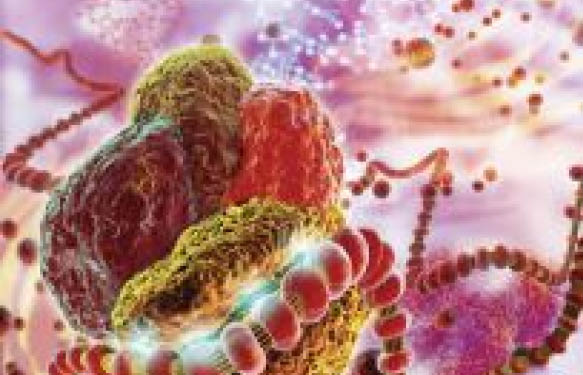In a previous post, I introduced Sekisui Xenotech’s Research Biobank, which is based on rejections from liver transplantation as opposed to post-mortem tissues, thus offering a guarantee for better tissue preservation and larger quantities versus biopsies. As donor demographics are known (BMI, diabetes, alcohol use…) , these tissues are very useful resources for advanced research on liver related diseases. The data summarized in this article, are an interesting illustration of results obtained based on these tissues. If you’d like to download the full content, I have included the link at the end of this post.
“History of Alcohol Consumption Uniquely Increases Hepatic Hyaluronan Content in Patients with Liver Steatosis”
Dr. Maciej Czerwinski1, Jordan Surgnier2, Dr. Sarah E. Tague3 and Dr. Michele T. Pritchard2
1 Sekisui XenoTech LLC; 2 Pharmacology, Toxicology and Therapeutics, University of Kansas Medical Center; 3 Kansas Intellectual and Developmental Disabilities Research Center, University of Kansas Medical Center
Hyaluronan (HA), an extracellular matrix glycosaminoglycan, is increased in plasma from donors with advanced liver disease and is used as a biomarker to assess liver disease severity. Extrahepatic HA content and its fragmentation are associated with inflammation and/or fibrosis.
In chronic, persistent hepatitis, as compared to normal tissue, HA was increased in fibrous areas around the portal tracts and the central vein, but it was rarely detected in the sinusoidal walls. In chronic, aggressive hepatitis, HA was present in periportal sinusoidal walls in addition to fibrous tissues of the portal tract (Ichida, 1996).
In cirrhotic tissues, as compared to normal, HA was significantly increased in fibrous areas of the portal tract but to a lesser extent in the sinusoidal walls around periportal areas (Ichida, 1996).
In alcoholic cirrhosis, HA was also observed in the sinusoidal wall and fibrous areas around the portal tract and central vein and its abundance in these locations diminished upon alcohol abstinence (Urashima, 1999).
Since hepatic levels and patterns of distribution of HA have not been examined in early liver disease (steatosis), the authors utilized liver tissue microarrays (TMAs) and histochemical staining with a hyaluronan binding protein (HABP) to determine if hepatic HA increases in donors with steatosis and if HA content is affected by history of alcohol consumption.
As illustrated in the picture below, in normal livers from donors without a history of alcohol consumption, hyaluronan was detected in periportal regions (top row). Hyaluronan was higher in livers from donors with steatosis and a history of alcohol consumption where a diffuse distribution of HA was also seen (e.g. H0575). All donors presented at the bottom row had a history of heavy alcohol consumption.

The authors observed that in livers from donors with macrovesicular steatosis, alcohol consumption was associated with elevated hepatic hyaluronan content by 3-fold. These data suggest etiology-specific regulation of hyaluronan accumulation in liver disease.
Download the poster at this link to access the full data or feel free to contact me if you wish to know more about the tools that have been used in this poster. I’ll be happy to guide you towards the products!



